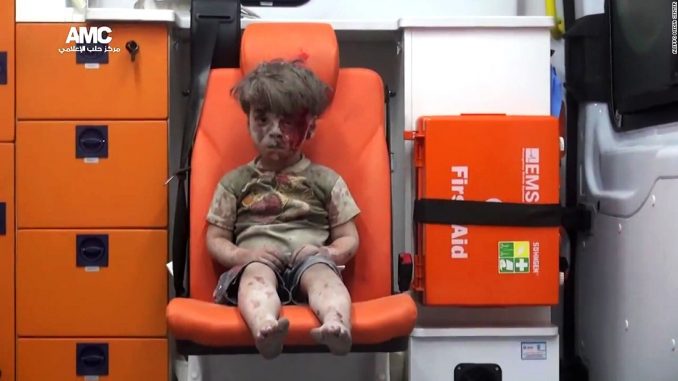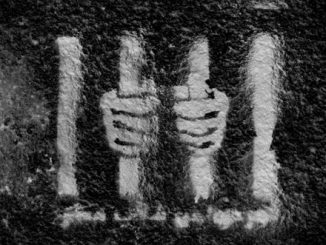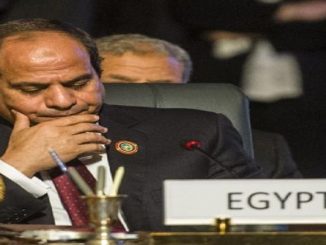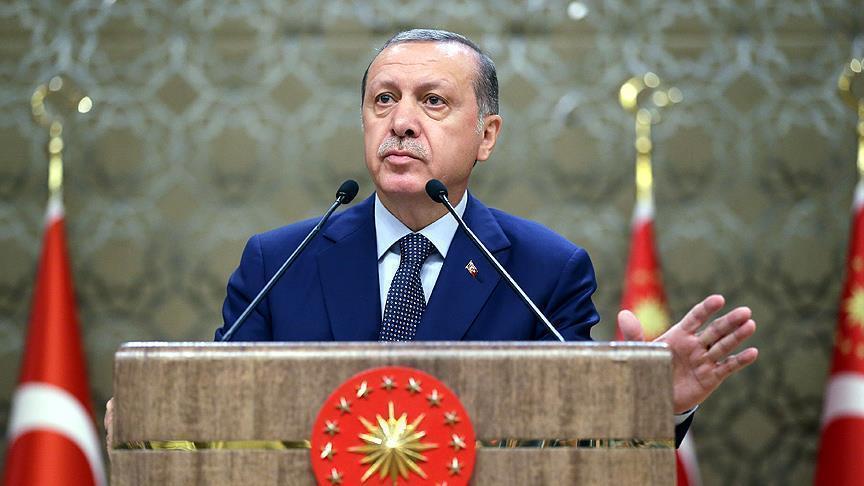
On March 15. 2011 rare protests in Syria dubbed a “day of rage” took place in Damascus and Aleppo against the repressive rule of President Bashar al-Assad. Six years on, the UN says more than 400,000 people have died, while 10.3 million have been driven from their homes.
In March 2011, “Arab Spring” protests sweeping the region had already dislodged autocrats in Tunisia and Egypt, and would later claim the long-term rulers of Libya and Yemen, two other countries still embroiled in civil wars six years on.
Assad regime used to fire power and violence against the civilians and led to armed resistance. 450.000 Syrians lost their lives in the past five years according to UN estimates, and more than 12 million have lost their homes.
The crisis has become “the worst man-made disaster the world has seen since World War II,” as most of the world’s major powers and regional states have backed proxy forces in a complicated multi-sided conflict, while the Islamic State jihadist group, at war with everyone else, declared a caliphate straddling the border with Iraq.
The start of the armed uprising
Arrests and beatings did not deter the protestors on March 15. After three days of the exceptionally rare protests against authority, the government had had enough. On March 18, four protesters in Deraa – most reports say they were unarmed – were shot by security forces which opened fire on a crowd.
The killings provided the catalyst for a revolution, to which Assad responded with unconstrained violence, turning the uprising into a war and pushing civilians to hold arms to defend themselves.
Many members of the Syrian Arab Army and the intelligence service defected, joining forces with the civilians who took arms and creating the free Syrian army, aiming “to bring this government (the Assad government) down” with united opposition forces.
While Assad kept using power against the civilians and trying to end the armed rebellion, the rebels were able to control large swathes of the country by mid. 2012 and his role was in danger.
At the same time, a new direction began to appear among the rebels, as Islamist rebel groups began to be formed under the banner of the FSA at first, then they developed to be independent groups linked to external policies, such as al-Nusra Front which later became affiliate of al-Qaeda, and Islamic state which later declared the Caliphate and started its war against rebels themselves.
Iranian and Russian intervention
Western leaders including Obama predicted Assad would quickly fall. But he hung on, using the resources of the state and backing from Iran and Lebanon’s Hezbollah Shi’ite militia to fight rebels funded by Arab states to a stalemate.
Hezbollah entered the battle directly in 2013 to bolster Assad regime, and when its power wasn’t enough other militias and Iranian forces followed. Together, they were able to put an increasing pressure on the rebel-held areas and were able to defeat them and forced them to leave their held-areas in Homs, Damascus, Hama and southern Syria.
Iran supported Assad regime by money and fighters to defend his role, in return for freeing its hand in Syria to achieve its long-awaited dream. Iran started a demographic change in the Sunni-populated areas in Syria and sought to change the face of the Syrian cities by forcing the Shiite festivals in the heart of Damascus, adding Syria to the list of its controlled areas and making it gradually the 32nd Iranian province.
Even in the state of contradicting goals between the rebels, the Iranian forces weren’t enough to tilt the power against them and Assad was about to fall when Russia interfered military in September 2015.
Russia lost most of its global power after the Soviet era, and became politically weak after the UN security council ignored its veto more than once to achieve opposing plans as in the conquer of Iraq. Russia found in Syria the chance to retrieve its place especially with Obama in the white house.
Russia sent the might of its forces to Syria and saved Assad regime from being overwhelmed by the rebels and became the real governor on the ground.
With the might of Russia’s air force, Assad regime was able to have the upper hand in the war and put great pressure on the rebels, forcing them to surrender and leave many of their most important strongholds around Damascus, Latakia, Hama, Homs and most notably Aleppo.
The rebel forces were forced to leave to Idlib province, where the last stronghold of the rebels is.
Russia’s influence in Syria made it able again to contradict the west’s strategies and forced itself again as an essential player in the global issues too.



